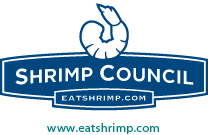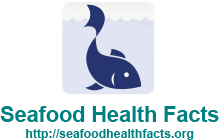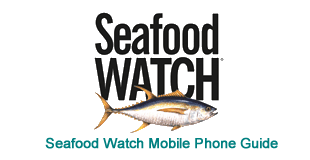Seafood is a Global Industry
Some time ago, restaurants and supermarkets sold fish and shellfish that were primarily from traditional American fishing ports. While locally caught seafood is important to coastal communities, these fisheries do not have the capacity to fill the demand for seafood in this country.
The fact is, nearly 85 percent of seafood consumed in the United States is imported. More than any other protein on the market today, seafood has become truly a global industry, with fishing and fish farming becoming thriving industries and agents of economic development (and living wage jobs) in Asia, South and Central America, and Europe.
As one of the leading seafood importers in the United States, Sea Port is constantly researching the global supply and locating the best suppliers so we can bring to the market high quality product. All of our seafood products are processed under FDA's HACCP Guidelines, and are frozen, which ensures they reach the restaurant or retail supermarket in prime condition.
Due to the global reach of Sea Port and other importers, species such as Black Tiger Prawns from Southeast Asia, Chilean Sea Bass from Chile, Hoki and Orange Roughy from New Zealand, Striped Pangasius from Vietnam, and Tilapia from China are available on menus and in stores throughout the United States. Fortunately, seafood lovers can choose from a wide variety of delicious and healthy seafood from around the world!
This is an exciting and expansive industry and we at Sea Port are proud of the role we play as a key participant in the global seafood supply chain. In addition to finding the best seafood products in the world, Sea Port understands and complies with the complex federal regulations related to imported food that are in place to protect consumers and the environment.
As an importer, we sell to businesses such as regional distributors, wholesalers, restaurants and restaurant suppliers, as well as retail supermarkets. As an added service to our customers, we provide up-to-date information that they can, in turn, pass on to their customers – consumers like you who are seeking information such as the questions that follow. We hope you find this information and our website links helpful.
FAQ s
- Q: How can I be sure imported seafood is safe?
-
A: The most important message we want U.S. consumers to know is that the U.S. seafood supply is safe! For the most part, importers in this country take significant measures to ensure that the fish and shellfish they offer for sale sell is wholesome, delicious, and safe.
Companies such as Sea Port play a very important role in safeguarding the buying public because we conduct significant research to locate the most reputable suppliers. We also make sure that the products we import are inspected before they ever leave the country of origin.
Once the seafood is landed in the USA, it is routinely sampled and inspected by the U.S. Food and Drug Administration (FDA). In addition to the FDA, many distributors, restaurant chains, and supermarkets conduct their own tests as well. All of these safety measures have contributed to the excellent track record of seafood in this country.
- Q: Why do we need to import so much seafood?
-
A: The short answer is: Americans love seafood! Not only do we love the variety, but we are also being told by doctors and nutrition professionals to make seafood a habit. In fact, new dietary guidelines just published do urge Americans of all ages to eat seafood twice a week. Seafood is hot. Seafood is fun! And because we love our seafood we want more of it – which means looking to other sources around the world for products that we do not catch or grow in the USA. And in the case of farmed shrimp, for example, companies like Sea Port rely on farmed shrimp because the world's oceans simply cannot supply the world demand – which is constantly growing.
- Q: Why do we need both farmed and wild seafood?
-
A: The answer is simple: Fish farming (finfish and shellfish) is an excellent way to supplement what the world's oceans provide. In order to protect our oceans resources, we support and promote farm raised seafood! And the good news is that fish farming is environmentally benign; in fact a new study shows that aquaculture has less of an impact on the environment than, say, beef production. [link to study]
- Q: There have been a lot of headlines about seafood, some which say that wild fish and shellfish are healthier than farmed. Is that true?
-
A: The quick answer is: It's not true at all. All seafood, farmed and wild, offers significant nutritional benefits. The most significant benefit of Omega-3s is available in both farmed and wild species – and other benefits such as vitamins and minerals, easily digestible low-fat protein are present in both farmed and wild.
- Q: I've heard that fish farmers and processing workers in other countries are paid low wages for their work. Is that true?
-
A: Many of the people who work on farms and in plants in developing countries do receive lower wages than what we see in developed countries such as the United States. But these wages in developing countries help lift people out of poverty because for the first time for many of them, they are receiving living wages. Jobs on fish farms and in plants also provide other benefits that workers would otherwise not receive. And global aquaculture also creates other indirect economic benefits to the regions in which the farms and plants operate.








